Is Shellac Bad For Nails?
So - called shellac or gel nails have recently dominated the nail salons, leaving their predecessor, acrylic nails, behind. It is them now that is highly popular however is this popularity well - deserved? Do shellac enthousiasts have to pay the price of their own health for achieving beautiful looks? In this article we will explain the potential risks that gel nails carry with themselves and suggest what can be done to minimize them.
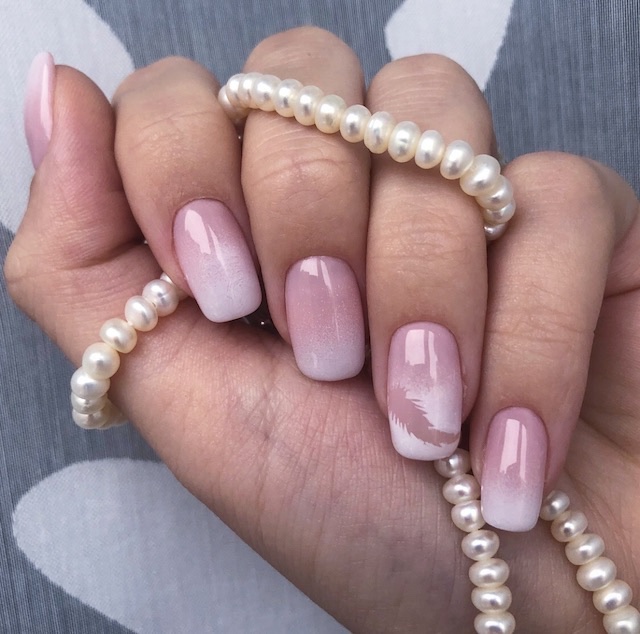
To begin with, what are shellac nails made of?
As their name already implies, gel nails have to be made of some kind of gel - that’s true. During the procedure, three layers of that gel are thinly applied onto the nail plate to later be hardened by either UV or LED light. Having been radiated, a firm polymer called polymethyl methacrylate (PMMA) or Plexiglass is formed and, what’s interesting, is also used in e.g. dental implants. After it had been cured, a swipe of alcohol is given over the nail surface to provide it with extra shine - the look is ready!
How is shellac harmful then?
The problem begins to appear when the gel nail has to be removed. The basal coat of the gel forms a stronger bond with the natural nail plate than with the gel layers above. For this reason, it is basically impossible to peel or pick the gel polish off the nails - they have to be soaked in drying and damaging acetone for at least 10 minutes to be somehow removable.
Furthermore, what’s also an issue, the gel is being hardened by radiation. UV or LED light is significantly detrimental to the skin as it damages the skin cells’ DNA, promoting cancerous growth at the same time. Skin cancer may be the most dangerous repercussion of shellac.
What are the side effects of shellac?
As mentioned earlier, the most feared side effect of regularly getting gel nails is skin cancer however the procedure can result in more different things:
• Definitively the most common unwanted side effect is drying of the nails and of the surrounding skin. Moreover, the nails become brittler over time, they can also peel or crack.
• Onychoschizia/lamellar nail plate peeling or simply nail splitting is also frequent. This happens because of soaking the hands in acetone as an effect of excessive dryness and weakness.
• The skin surrounding the nails will age prematurely as it is exposed to localized radiation.
• If the procedure is not performed in hygenic conditions, serious nail mechanical damage or an infection might take place.
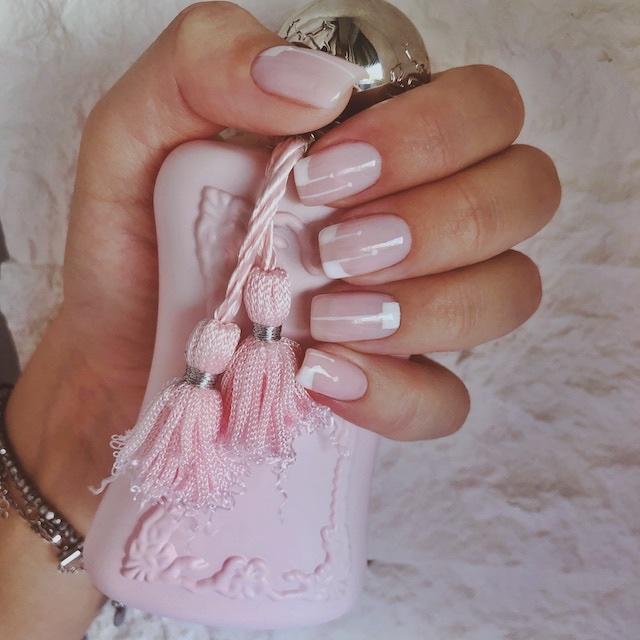
How to minimize the detrimental side effects?
If decorating your nails is important to you, here are ways to reduce the risk of experiencing unwanted repercussions to the very minimum:
• First off, apply a high filter and broad spectrum suncreen onto your hands before the procedure. You can also do that for some time after shellac is done since the skin stays a bit more susceptible after drying and being exposed to localized radiation.
• Speaking of dryness, make sure to moisturize your hands adequately. Find a rich nourishing hand cream or/and oil e.g. with shea butter or vitamin E.
• Before getting anything done , always check if the tools in the salon are sterilized and the conditions are hygenic for the infection prevention.
, always check if the tools in the salon are sterilized and the conditions are hygenic for the infection prevention.
• Never agree to get your shellac removed by force.
• Don’t get shellac too frequently. Give yourself a month or a two months break before starting again.
updates?

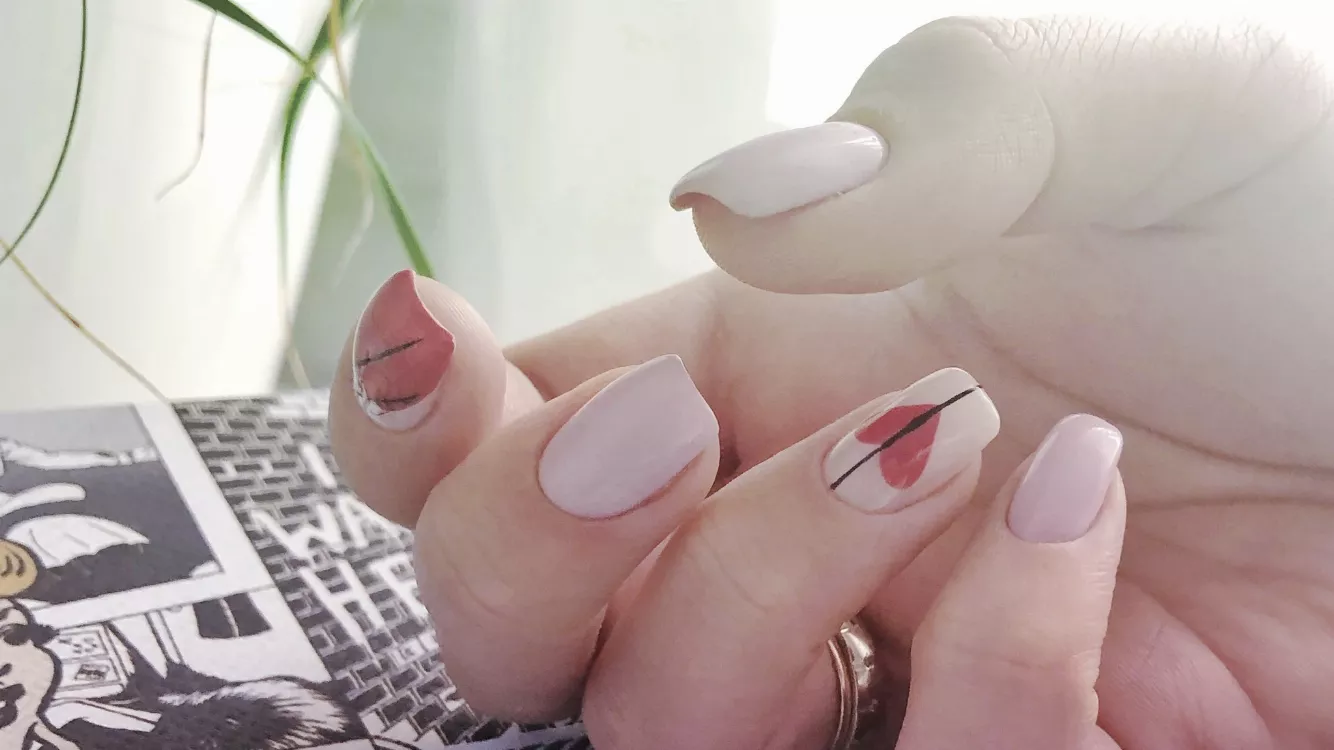

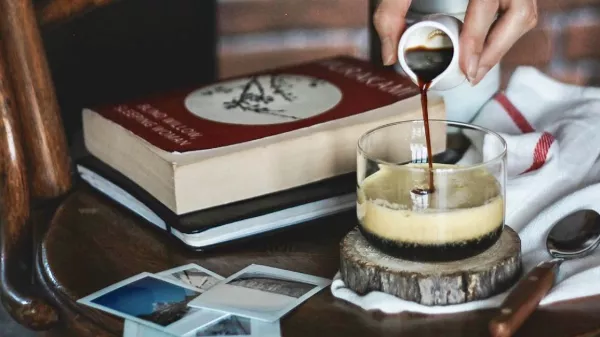
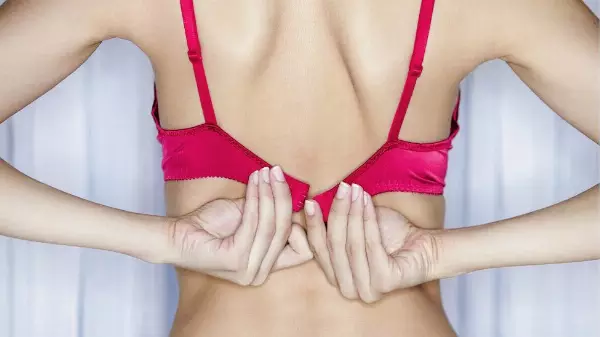
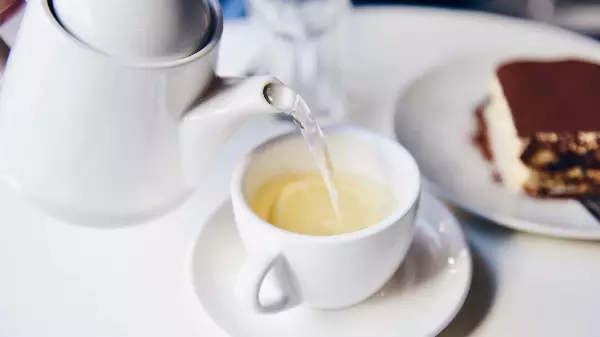
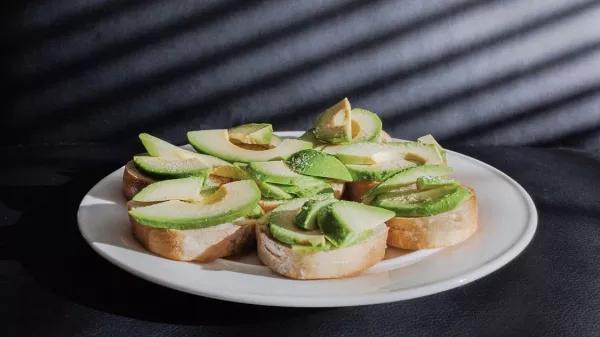
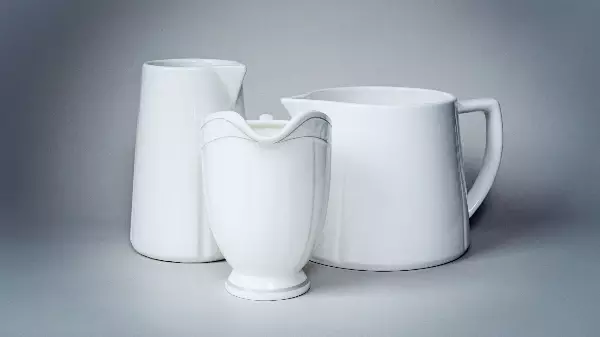
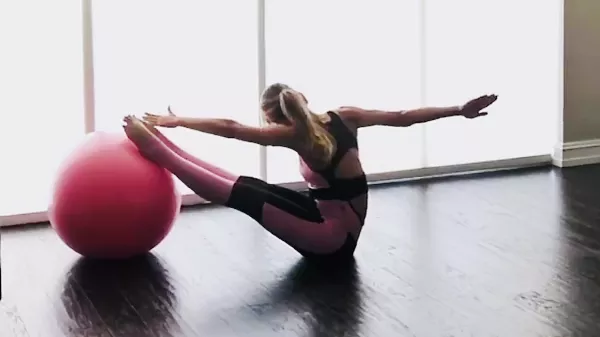
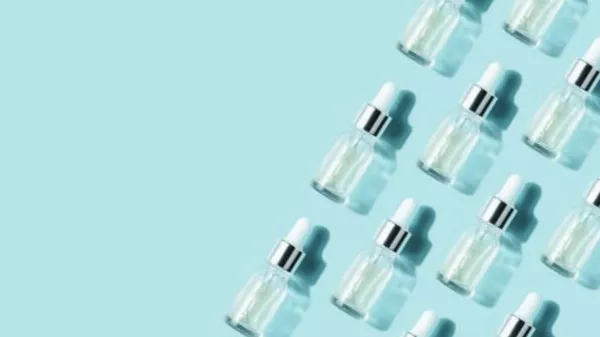
0